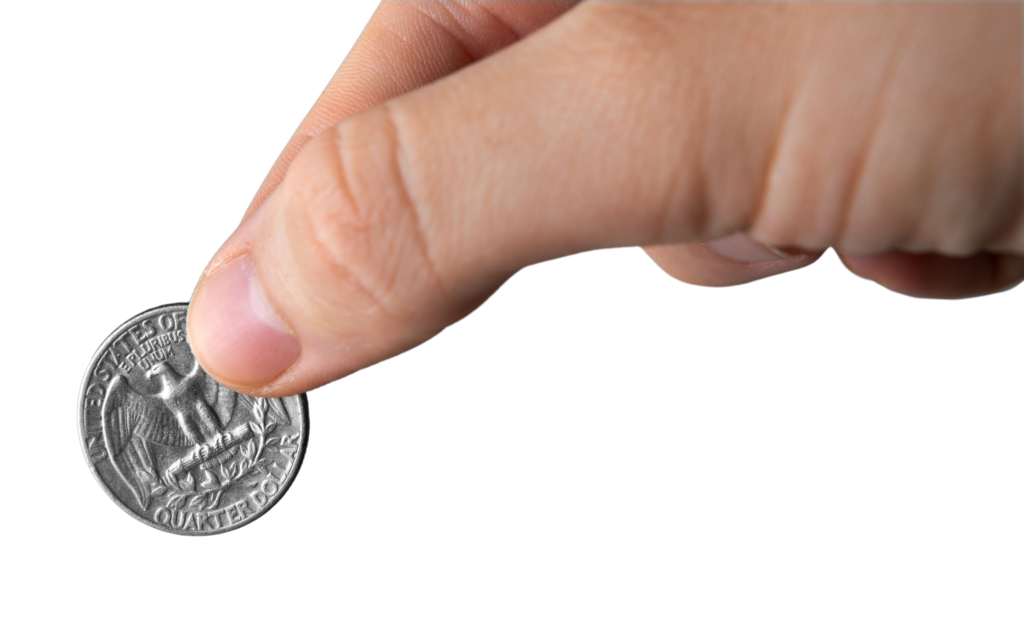The Coin Flip Conspiracy: How 350,757 Tosses Revealed a Hidden Bias in Chance
The Great Coin Flip Experiment That Defied Probability
A massive international study involving 350,757 coin tosses has conclusively proven what statisticians long suspected: the classic 50/50 odds of a coin flip are a mathematical fantasy. In reality, coins land same-side up 50.8% of the time—a small but statistically significant bias that upends centuries of probability assumptions.
Key Findings From the Massive Study
✔ 50.8% same-side bias across all flips
✔ Individual variation from 48.7% to 60.1%
✔ 46 different currencies tested
✔ 12-hour flipping marathons conducted
“Some people watch movies together, and some people flip coins for 12 hours. It’s more pleasant than you’d expect.”
— František Bartoš, Lead Researcher
The Physics Behind the Bias
Why Coins Defy 50/50 Odds
- Initial Position Effect: The upward-facing side starts with a microscopic advantage
- Wobble Dynamics: Thumb force creates off-axis rotation
- Air Time: Slight imbalance means more time with starting side up
![Slow-motion capture of coin flip showing wobble pattern]
Caption: High-speed footage reveals the subtle physics causing the bias
The Human Factor
- “Heavy flippers” (60.1% same-side) impart more wobble
- “Neutral flippers” (48.7%) achieve near-perfect rotation
- Grip style and flip height significantly influence outcomes

Historical Context of Coin Flip Research
| Year | Discovery | Researcher |
|---|---|---|
| 2007 | Theoretical 51% bias predicted | Persi Diaconis |
| 2023 | 350k-flip empirical confirmation | Bartoš team |
| Future? | Quantum randomness applications | TBD |
Fun Fact: The 50.8% finding means if you bet 1onsame−sideoutcomes1,000times,you′dnet∗∗1onsame−sideoutcomes1,000times,you′dnet∗∗16 profit** on average.
Practical Implications
When Coin Flips Matter
- Sports: NFL kickoffs, tennis serves
- Legal: Settling disputes, jury selection
- Cryptography: Key generation (now questionable)
How to Achieve True Randomness
- Lava lamps (used by Cloudflare for encryption)
- Atmospheric noise
- Quantum fluctuations
“An ideal coin is an abstraction. There is no such thing.”
— Márton Balázs, University of Bristol
The Experiment: By the Numbers
Logistics
- 49 collaborators across 12 countries
- 12,000+ person-hours of flipping
- 46 currencies including:
- Euro coins
- US quarters
- Japanese yen
Statistical Significance
- p-value < 0.0001
- Confidence interval: 50.6% – 51.0%
- Effect size: Small but consistent
Expert Reactions
Statisticians
“This finally proves what we’ve suspected—the ‘fair coin’ is a beautiful lie.”
— Dr. Deborah Nolan, UC Berkeley
Physicists
“The wobble dynamics explain why some people are naturally ‘lucky’ flippers.”
— Prof. Sidney Redner, Santa Fe Institute
Magicians
“We’ve exploited this bias for centuries in coin tricks.”
— Teller (of Penn & Teller)
How to Flip a Fair(er) Coin
For Neutral Outcomes
- Hide starting position (no pre-flip bias)
- Use standardized flip (consistent height/rotation)
- Consider alternative methods:
- Dice rolls
- Card shuffles
- Random number generators
For Predictable Results
- Start heads-up for 51% heads bias
- Use heavier coins (increases wobble effect)
- Practice controlled flips
Future Research Directions
Ongoing Studies
- Cultural differences in flip styles
- Coin design optimization for fairness
- Quantum random number generators
Unanswered Questions
- Why do some individuals show stronger bias?
- How do magnetic fields affect results?
- Can AI predict outcomes from flip dynamics?
Why This Matters Beyond Probability
Philosophical Impact
- Challenges definitions of randomness
- Questions legal use of coin flips
- Reveals hidden order in chaos
Educational Value
- Demonstrates real-world vs theoretical statistics
- Shows scientific method in action
- Makes physics tangible

